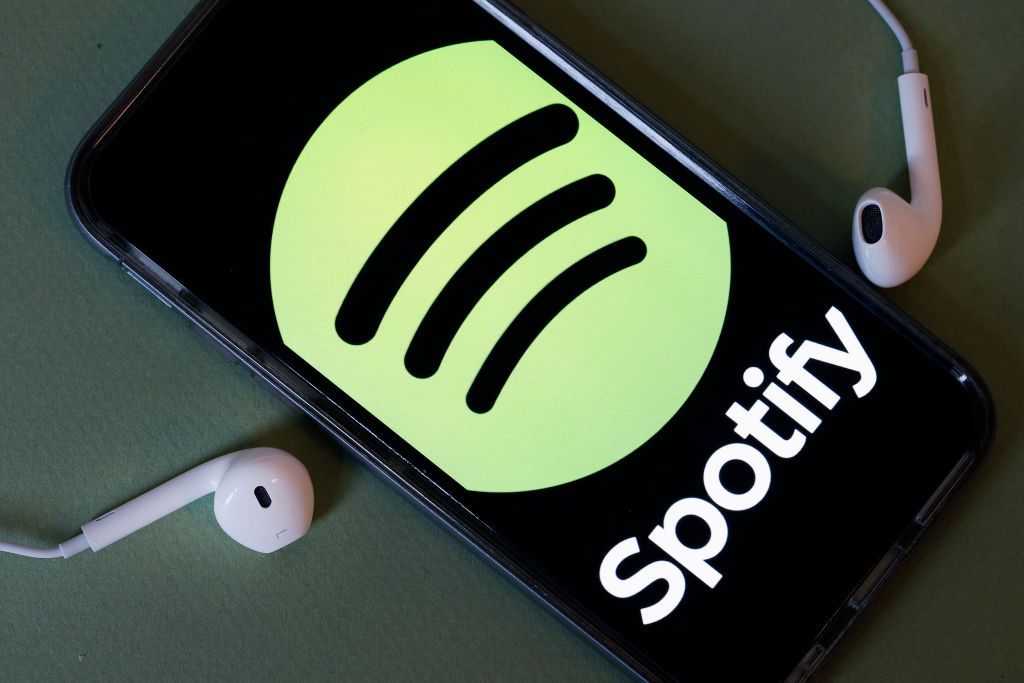Spotify are nearing 50/50 subscribers to free listeners
Spotify revolutionised music consumption by offering almost the entire world’s music catalogue to people for free but their efforts to get people paying are paying off.
When Spotify launched it offered an unheard of platform where you could come and listen to almost any music in the world for free, unlimited. With advertisements between the music it was designed as a transitioning tier to get people into Spotify before they decide to pay for Premium which gets rid of adverts and offers benefits like downloads to your devices for offline listening.
Spotify have been criticised at times for devaluing music by making it available for free but their emphasis has always been on converting listeners to Premium, especially in recent years. A new report for Consumer Intelligence Research Partners (CIRP) has found that in the US 38% of Spotify users are subscribers, rising from 36% just 3 months ago. If they can continue this trend of growth, and ensure it worldwide too, we could see equal numbers paying listeners as free users on Spotify. Something that would do a lot for Spotify’s position in the industry.
Josh Lowitz, co-founder and partner of CIRP said: “In our second survey of Spotify users, we can begin to discern some trends in how consumers use the service. Somewhat over one-third of Spotify users pay for Spotify Premium, and this percentage ticked up in the most recent quarter relative to the June 2018 quarter. Among these Premium subscribers, we’ve also seen an increasing percentage use Individual plans relative to June 2018 quarter.”
Recently Spotify have started cracking down on their Family plan, which allows multiple people to subscribe to the same Spotify plan for far less than multiple single subscriptions. Spotify have begun rooting out people taking advantage of this by signing up their friends or even strangers for cheaper subscriptions. In the report, Lowitz said: “Notably, later in the June 2018 quarter, Spotify reportedly began to verify that Family Plan members live in the same household. We’ve seen some preliminary data that suggests this tactic has indeed started to move Spotify Premium subscribers to Individual membership plans.”
